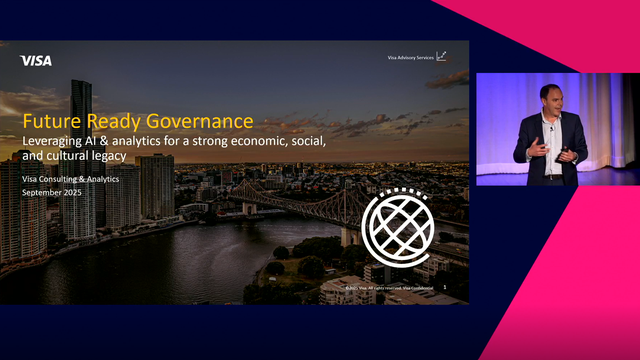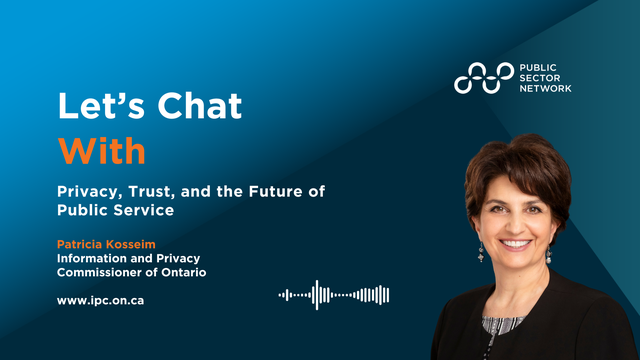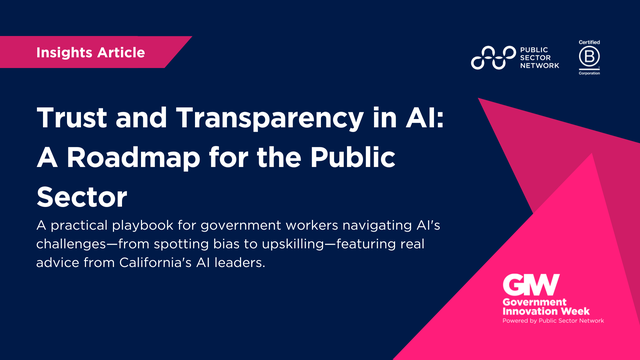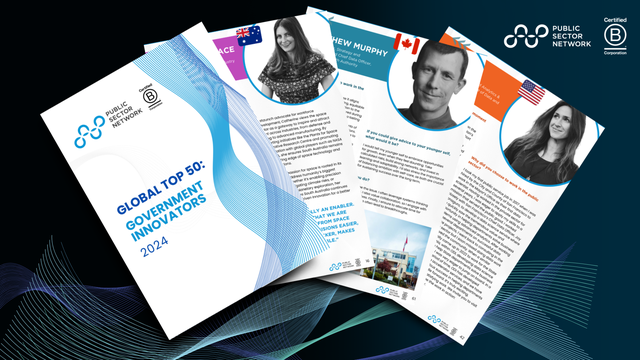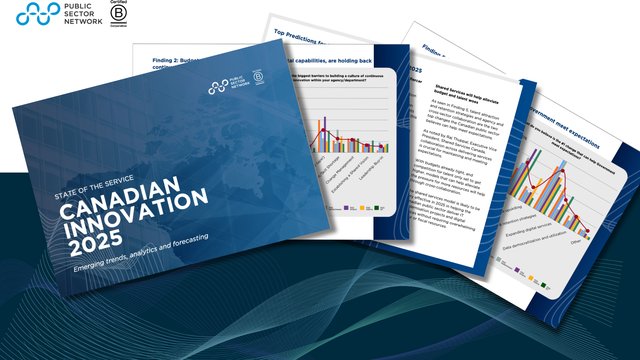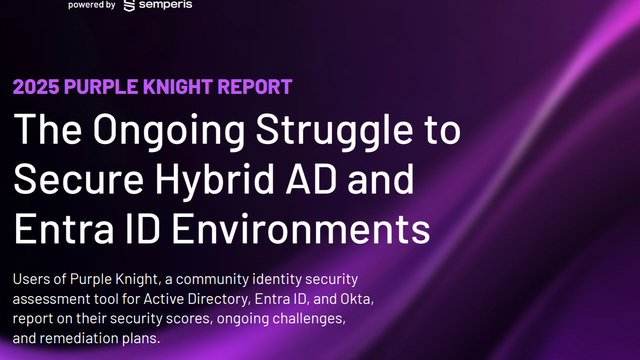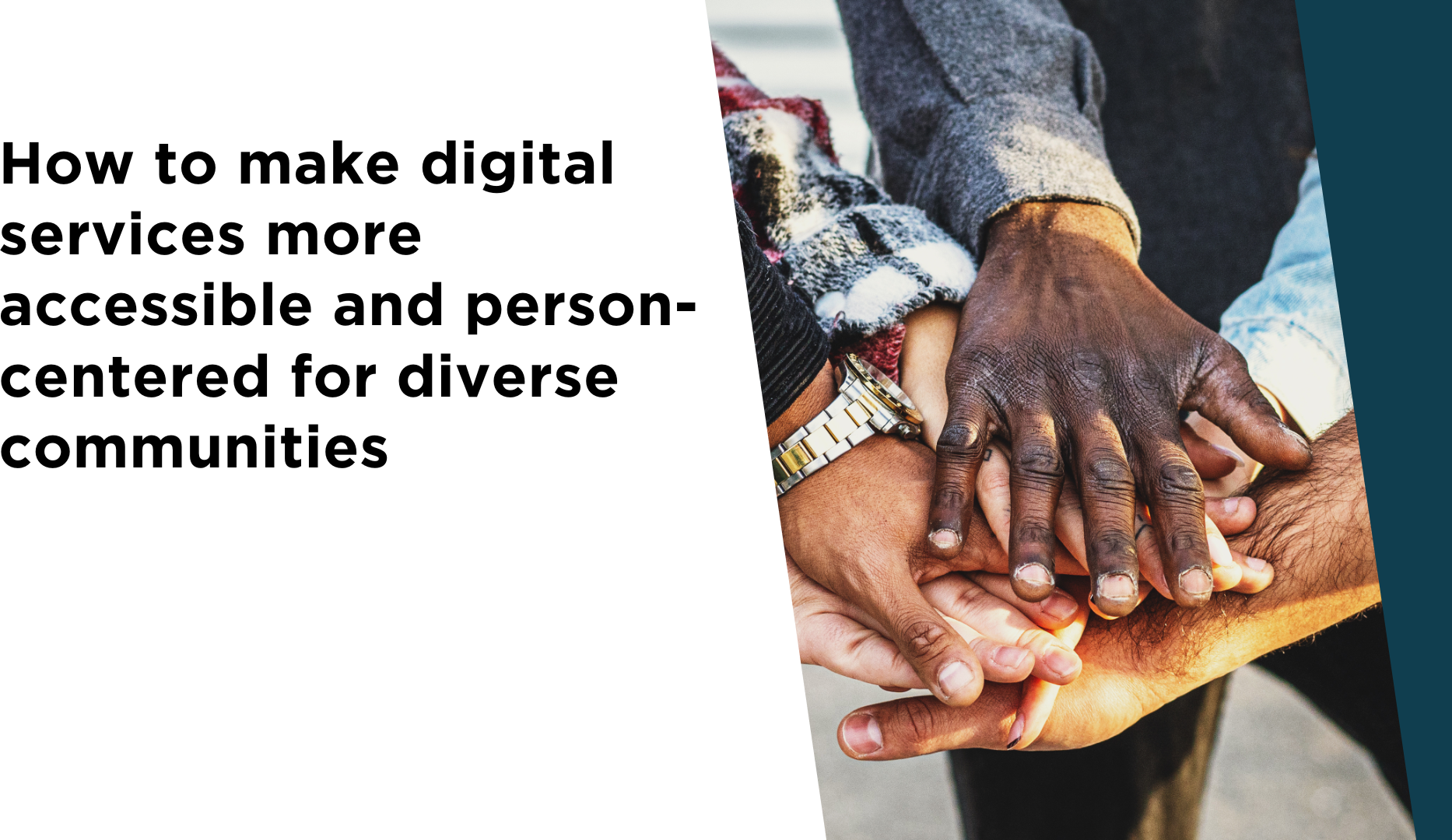
Wendy MacDermott, Chief Experience Officer, Department of Social Development, Government of New Brunswick, Valerie Kelly, Director of Digital Transformation, Government of New Brunswick
New Brunswick’s Social Development (SD) program embarked on a transformation to create a more accessible, efficient, and person-centered service model. Focused on improving client experiences and streamlining workflows, SD leveraged digital solutions to reduce administrative burdens, enhance communication, and provide seamless access to essential services across diverse communities.
The case study highlights the province's efforts to make digital services more accessible and person-centered for diverse communities. It demonstrates a successful model for inclusive, responsive public service delivery that addresses both client and operational needs.
Quick facts:
Agency: The New Brunswick Department of Social Development
Serves: a population of 775,610 residents
Services: Provides over 50 services ranging from Adoption and childhood development to disability support, to health support and aged care.
Objective
The primary goal of New Brunswick's SD program was to reshape social services to be more accessible, client-centered, and efficient. SD aimed to improve the quality and reliability of its services by addressing frequent delays, reducing data entry errors, and eliminating redundancies. By embracing a digital-first approach, SD sought to support complex needs through collaborative, transparent, and easily accessible service pathways for residents across the province.
Solutions
To achieve these objectives, SD implemented several key initiatives:
Digital Integration for Multi-Service Collaboration: SD created a centralised digital platform that allowed real-time data sharing among service providers across healthcare, housing, and mental health services. This platform streamlined collaboration and ensured that clients received timely and coordinated support.
Redesigned Workflows with Client and Staff Input: SD collaborated with clients, staff, and partner organisations to reimagine workflows, focusing on reducing data entry errors, preventing delays, and improving accountability. This approach saved significant staff time and allowed SD to reallocate 26 Full-Time Equivalent (FTE) positions to higher-value tasks.
Automated Processes for Key Services: Specific case studies, such as automating home care service requisitions, demonstrated the new system’s effectiveness. SD eliminated manual steps like faxing and reduced the time required to complete requisitions, improving service accuracy and responsiveness.
Simplified Applications and 24/7 Support: SD digitized the foster and adoption application process, making it easier and faster for prospective parents. Additionally, SD integrated 24/7 support through the 211 information service, available in 150+ languages across phone, chat, email, and an app, to better serve non-English speakers and older demographics.
Impact
The changes brought about substantial improvements:
Enhanced Efficiency: Automating and digitizing workflows led to 20 minutes saved per service request, freeing up 26 FTEs. Additional efficiency gains included an 8-minute reduction in back-and-forth communication time on service requisitions, saving 9 FTEs across service providers.
Improved Client Experience: The new processes received positive feedback from clients, with 95% opting to apply online for the Canada Housing Benefit. The digital foster and adoption application process simplified steps and offered supportive resources, while the 211 service facilitated multilingual access, with over 300 chat interactions logged in the initial months.
Stronger Collaboration and Communication: The centralised system enabled real-time data updates and proactive communication, reducing errors by 50% and ensuring that all parties had access to accurate, timely information. Clients felt more supported, and providers could deliver services more efficiently and effectively.
Philosophy of Care
New Brunswick’s Social Development (SD) program is securing its future by embedding a model that prioritises person-centered, process-optimized, and technology-enabled services. By continuously involving clients, staff, and partners in the design and refinement of its systems, SD ensures that its solutions remain responsive to real needs. Optimised processes reduce inefficiencies and allow staff to focus on higher-value tasks, while technology serves as the backbone that supports accessible, reliable, and adaptable service delivery. This approach not only addresses current challenges but also positions the SD program to evolve with emerging needs, sustaining a high standard of care and support for New Brunswick’s diverse communities for years to come.





